It is a solidly built pedal with metal chassis and sturdy switches. Does not use batteries, but if you need a noise gate, that means that you have other pedals thus needing more batteries... which is heavy for the wallet, so I guess that a sensible person always uses some kind of external power. I like the size of the pedal, because it drastically reduces the space needed on the pedalboard.
One problem I have with the pedal is that it's treshold potentiometer doesn't really do anything until I crank it around -20 or -10 dB, and then it eats my sustain.
Mind you, I use high gain amps (Peavey 5150, Jet city JCA22h and H&K tubemeister 18) with OD units in front, so I should have lots and lots of sustain. I don't crank the gain all the way up, but around 4-5 which, combined with a tubescreamer-type pedal, gives a good, sturdy sound needed to play metal.
This pedal manages to eat it all. I can't find the perfect spot where it cuts the noise when I play staccato and let's enough sound to be able to let the chord ring at the end of a song, so I am forced to constantly turn it on and off which is off-putting. This problem occurs on the "soft" setting. The other one is unusable.
Long story short - it shouldn't retail for 66 euros, it works like a pedal that's half the price.



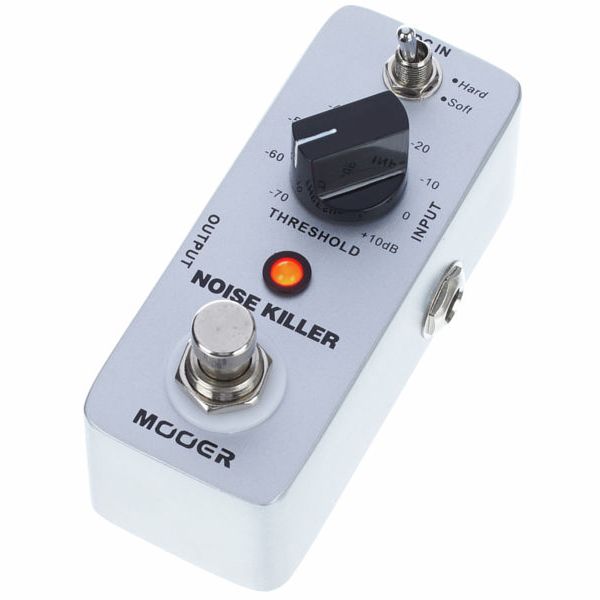
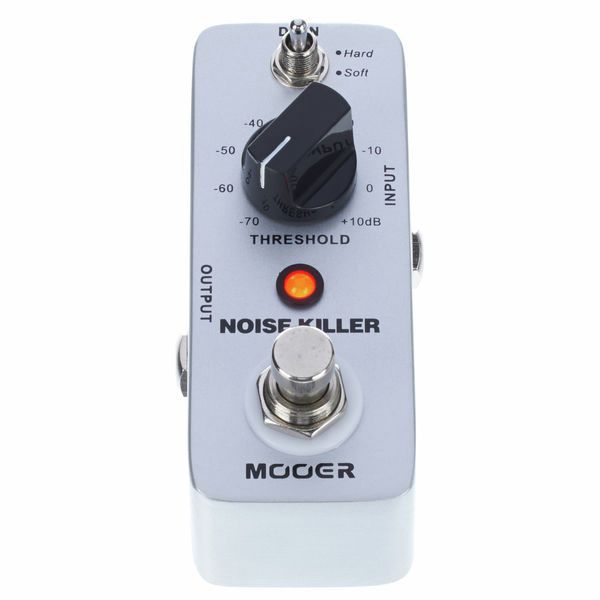
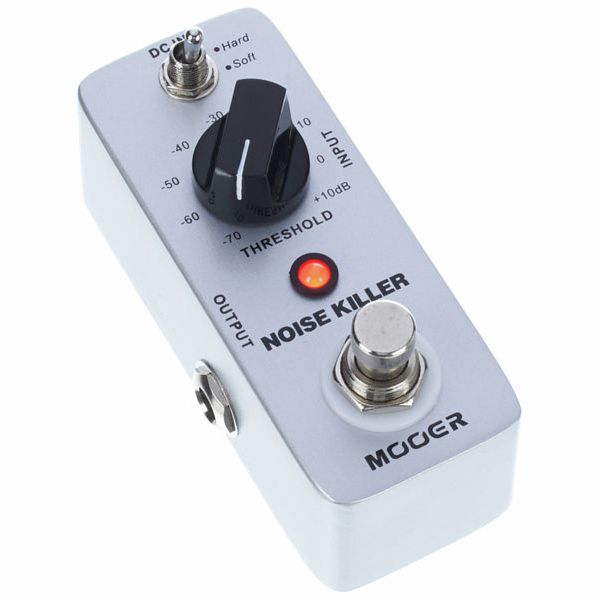
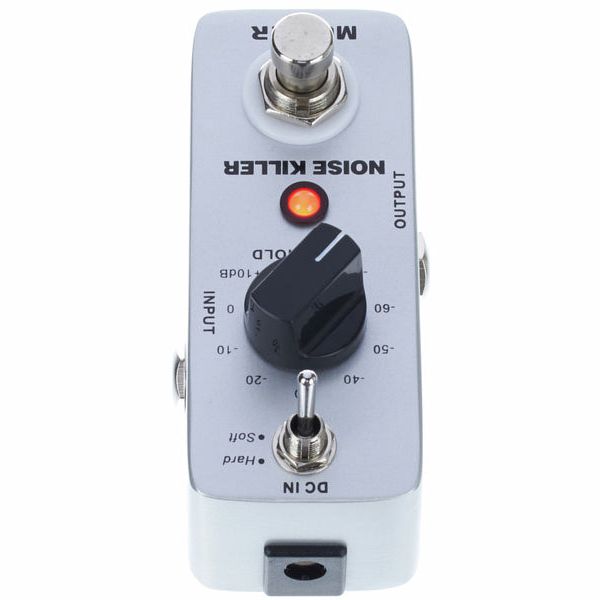
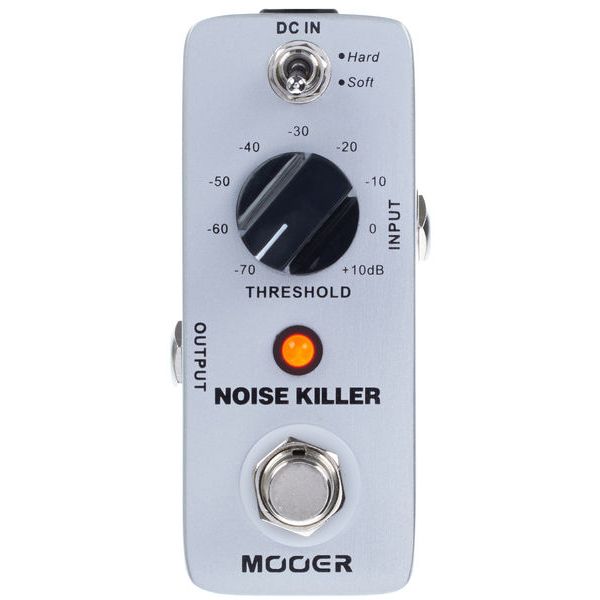
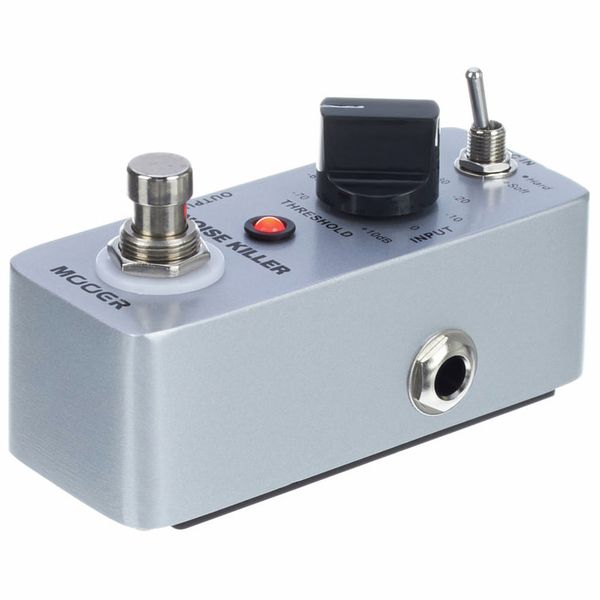
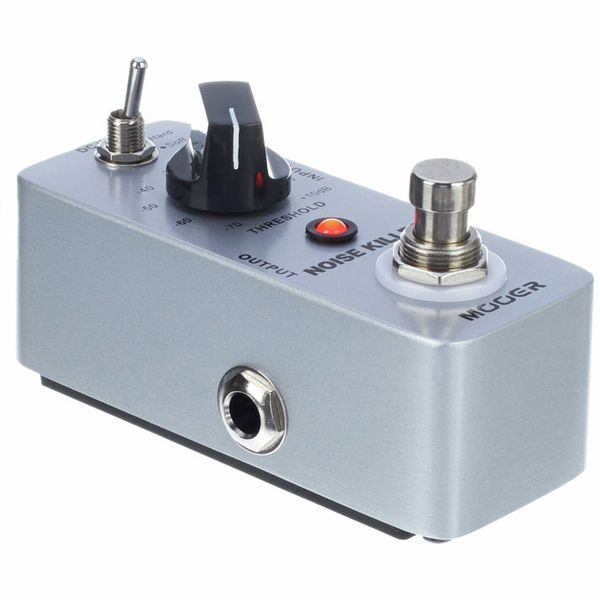
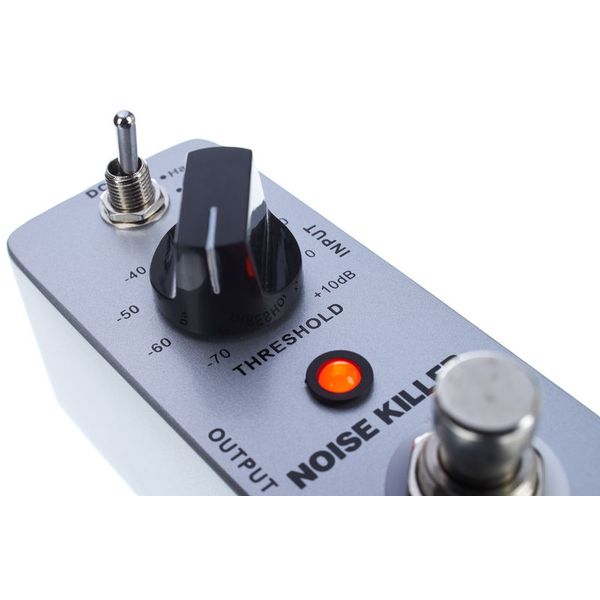
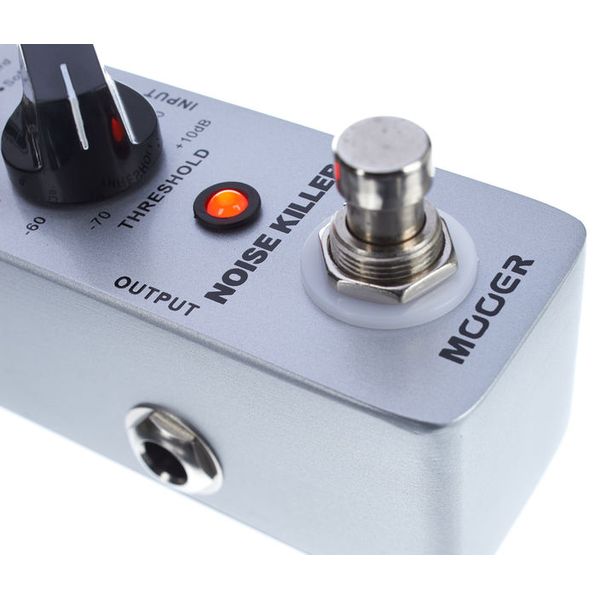
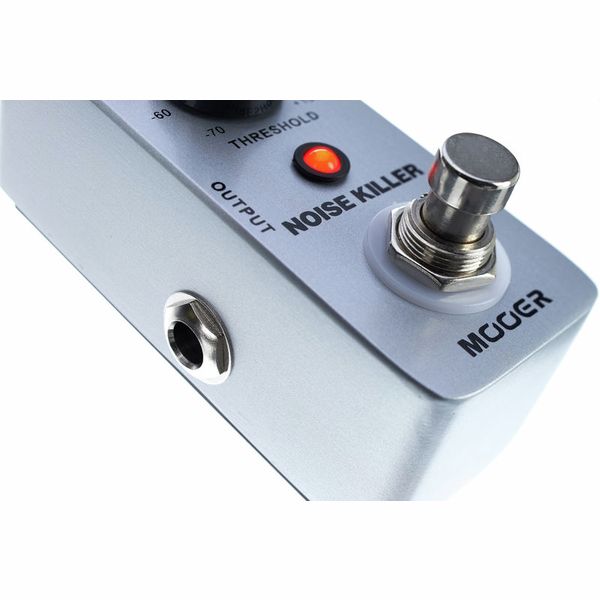













)
)
)
